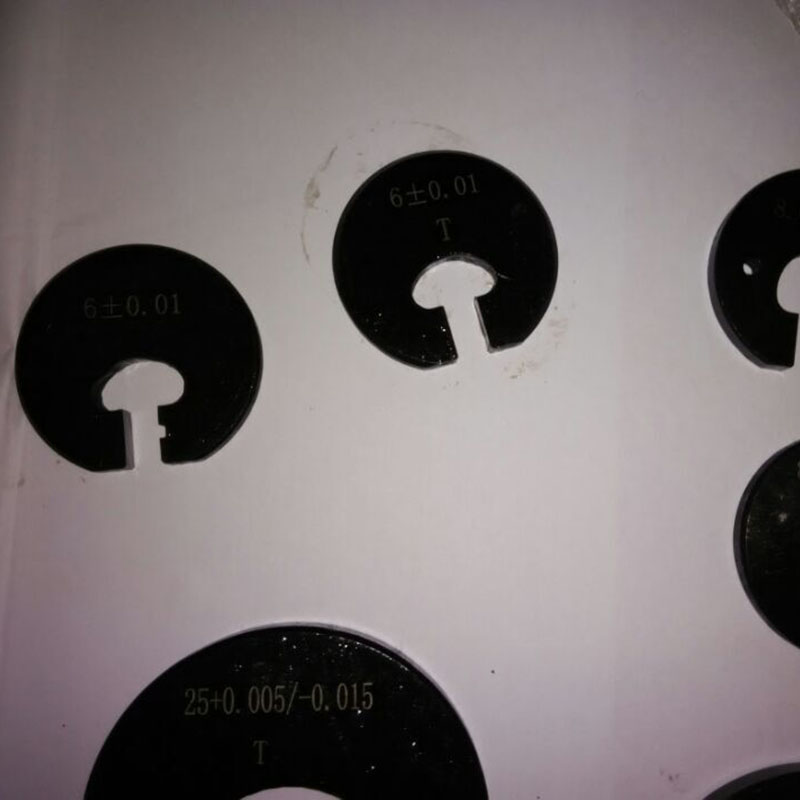Aug . 30, 2024 12:34 Back to list
High-Quality Threaded Ball Check Valve | Reliable Flow Control Solutions
Understanding Threaded Ball Check Valves
In the realm of fluid control systems, the importance of dependable components cannot be overstated. Among these crucial elements is the threaded ball check valve, a device engineered to prevent backflow in piping systems while allowing fluid to flow in one direction. This article delves into the design, functionality, and applications of threaded ball check valves, illustrating why they are instrumental in various industries.
Design and Functionality
A threaded ball check valve consists of several key components the valve body, a ball (or spherical closure element), and a seat. The body typically features threaded connections at both ends to facilitate easy installation into a pipeline. The ball is positioned within the valve, resting on a seat when no pressure is applied. When fluid flows in the designated direction, it pushes the ball upward, away from the seat, allowing fluid to pass through. However, if there is a drop in pressure or a reverse flow, the ball is forced back onto the seat, effectively sealing the valve and preventing backward flow.
This robust design combines the simplicity of a ball mechanism with the reliability of threaded connections, making it ideal for various applications. The materials used in constructing these valves—such as brass, stainless steel, and carbon steel—enhance their durability and resistance to corrosion, further extending their lifespan.
Advantages of Threaded Ball Check Valves
One of the primary advantages of threaded ball check valves is their ease of installation. The threaded design allows for secure connections to pipes without the need for welding, which can save both time and resources. Additionally, their compact design enables installation in tight spaces, making them versatile for various applications within limited configurations.
threaded ball check valve

Furthermore, these valves provide low-pressure drops due to their streamlined flow path. This means less energy is required to push fluid through, leading to enhanced efficiency in fluid delivery systems. Their quick-response mechanism minimizes the risk of water hammer effects, which can cause damage to pipes and equipment if not properly managed.
Applications
Threaded ball check valves find extensive use across different industries. In the water supply and sewage sectors, they are essential for preventing the backflow of contaminated water into clean supply lines. Similarly, in the oil and gas industry, these valves help protect sensitive equipment from the adverse effects of backflow, ensuring safety and efficiency.
Moreover, manufacturers in the pharmaceutical and food processing industries utilize these valves to maintain stringent hygiene standards. The smooth surface and minimal spaces within threaded ball check valves prevent the accumulation of bacteria or other contaminants, ensuring that the fluid flow remains uncontaminated.
Conclusion
In conclusion, threaded ball check valves are invaluable components in fluid control systems, offering reliable performance and ease of installation. Their ability to prevent backflow efficiently and their versatility across various applications make them a favored choice among engineers and technicians. As industries continue to evolve and demand more sophisticated solutions for fluid management, threaded ball check valves will undeniably remain at the forefront, ensuring operational efficiency and safety across diverse sectors. Understanding these mechanisms is crucial for anyone involved in the design, installation, or maintenance of fluid systems, ensuring they can make informed choices for their projects.
-
thread-plug-gauge-our-promise-of-measurement-excellenceNewsAug.22,2025
-
gauge-pin-class-reflecting-quality-legacyNewsAug.22,2025
-
check-valve-types-for-high-rise-buildingsNewsAug.22,2025
-
water-control-valve-for-irrigation-systemsNewsAug.22,2025
-
gate-valve-with-soft-seal-technologyNewsAug.22,2025
-
y-type-strainer-for-oil-and-gas-applicationsNewsAug.22,2025
Related PRODUCTS









